Whether shopping in person or online, you want to find a reliable business that can offer you the right goods or services at an attractive price, and fulfill your first order quickly and efficiently. If all goes well, you would probably consider making a second purchase from the same company. That can lead to a stream of repeat purchases that satisfy your shopping desires and turn you into a loyal customer. After all, there are many things vying for your attention each day, and finding a reliable supplier can save you time, energy and perhaps even some money.
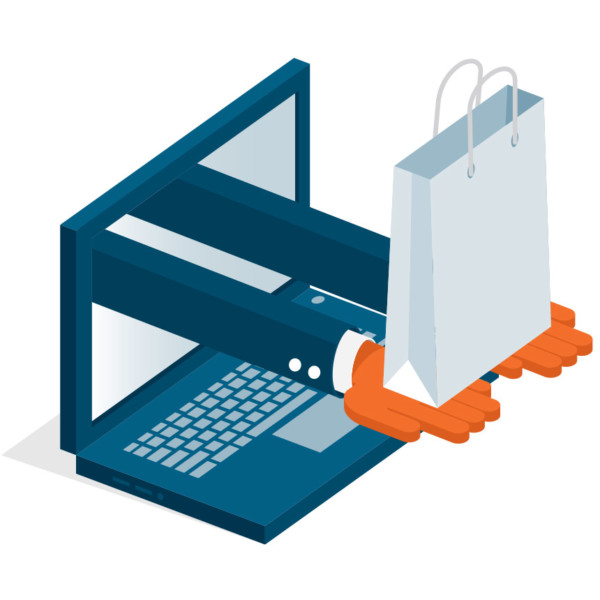
For instance, if you found an ideal source of healthy food for your dog, would you switch to a different store just to save a dollar or two? Or would you make a second purchase from the store that values your pet, as well as your business? For the owners of a specialty pet food store based in the Northeast, generating repeat purchases was the key to growing their business. With guidance and an investment from Marcus Lemonis, their business was able to expand to new markets, open multiple locations, boost online sales and generate millions of dollars in annual revenue.
First Purchase vs. Second Purchase
Most businesses pour the bulk of their marketing and advertising dollars into attracting new customers. After all, you have to keep your brand in front of prospects, building awareness and enticing them to make a purchase. But in many ways that first purchase is like taking a test-drive in a new car. You need to be sure a new customer likes your products and services, your people and your fulfillment process. If so, that customer is likely to make a second purchase that will hopefully turn into a long series of repeat purchases.
A recent consumer study indicates that a customer who makes a first purchase has a 27 percent chance of returning to your store. But if the customer returns and makes a second purchase, the chance of another repeat purchase goes up to 54 percent. Even better, your repeat customers are likely to spend up to three times more than someone who is just a one-time purchaser.
Like many types of businesses, restaurants rely on their “regulars” for the repeat business that keeps the revenue flowing. Take a Chicago-based deli for example. The business, owned by a husband and wife team, had found a successful niche by offering bagels, sandwiches, salads and pizza. However, Marcus recognized the potential for growth by rebranding the business with a new name that highlighted their top-selling bagels and adding traditional options like bagel chips and cheesecake to the menu. The changes caught on and revenue increased 10 to 15 percent.
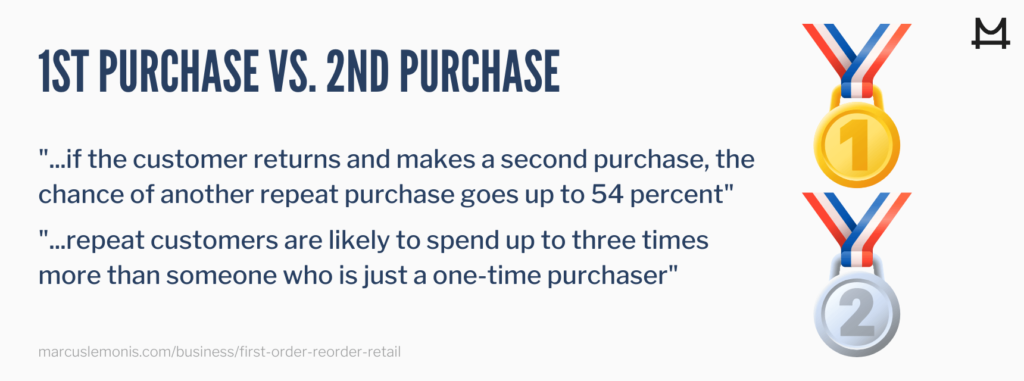
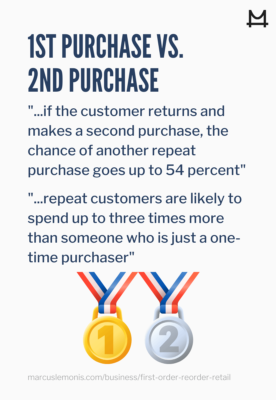
Importance of a Reorder
Along with the immediate benefits of a second purchase, there are plenty or other reasons why a reorder is important. For instance, a customer who makes a repeat purchase is more likely to refer other prospects to your business. It’s a positive cycle that can also lead to favorable posts on social media, as well as higher ratings, rankings and reviews on sites like Yelp or TripAdvisor.
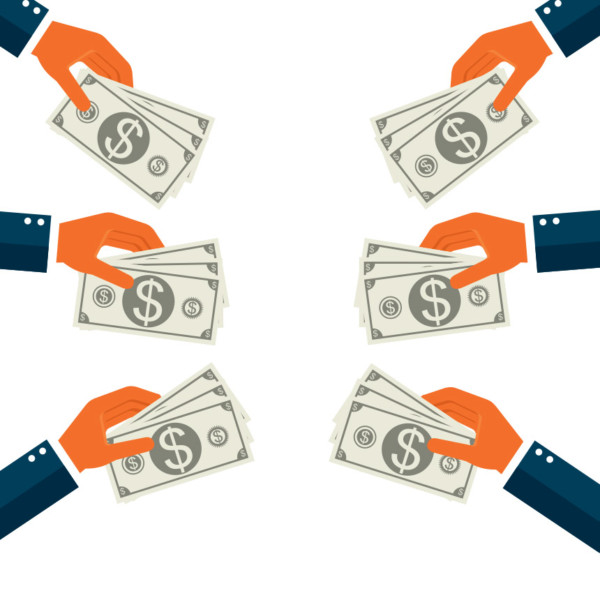
In addition, the costs of marketing to customers who make a second purchase can be much lower than the amount you invest in trying to acquire new customers. Let’s say it costs $1 to acquire a new customer, but only 50 cents to convert a prior customer. That simple cost difference, when multiplied by your entire customer base, can make a big improvement in profitability, and contribute to long-term sustainability.
Therefore, you should implement an effective strategy to make sure those first-time buyers engage with your brand and feel comfortable with your business.
The goal is to bring them back for a second purchase, and build the loyalty that will help you maximize customer lifetime value (CLV). After all, someone who makes four or five purchases will have a much higher CLV than a buyer who just makes a first purchase.

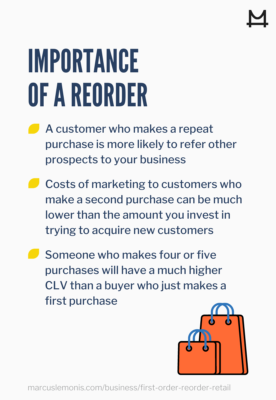
How to Get the Reorder
Here are several ways to get those profit-enhancing reorders, depending on the nature of your business.
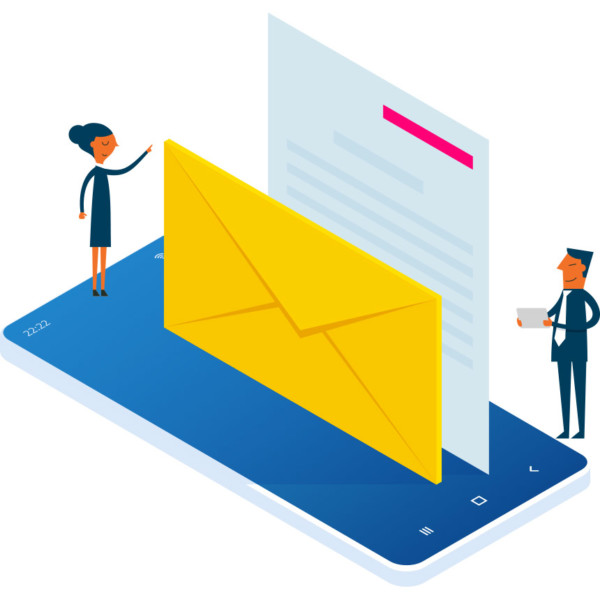
1. Email Targeted Recommendation
Many online retailers use automated email programs to send recommendations for repeat purchases based on initial orders. For instance, if you ordered a science fiction book from Amazon or a romance novel from Barnes & Noble, you might find suggestions for a second purchase by the same author.
2. Personalize Your Offer
Take advantage of the data in your customer relationship management (CRM) system to create a personalized offer to first-time customers. This strategy can be particularly effective for getting reorders on big-ticket consumer or business products. Why? It shows that your business cares about new customers and is willing to spend the time to develop an offer customized to the specific needs of the first-time buyer.
3. Look for Cross-Selling and Up-Selling Opportunities
In some cases, a first-time buyer may need to make a second purchase to attain the desired outcome. Someone who orders new ski boots, for instance, might need to order snow goggles, gloves or a warm jacket. In the business world, a company purchasing a new low-cost application might find it necessary to upgrade to a more expensive package in order to gain the full benefits of the product. You can capitalize on these opportunities through follow-up emails, outbound calls or in-person conversations.
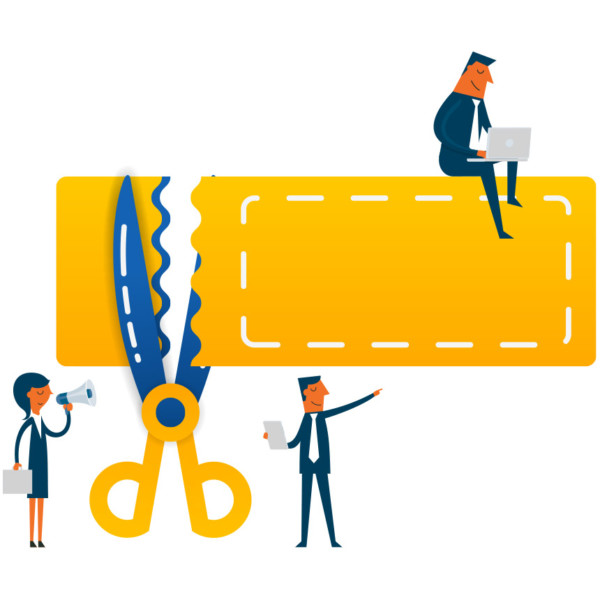
4. Consider Discounts and Coupons
If a first-time buyer is slow to make a second purchase, you could send out a special offer, such as “buy one, get one free” or a coupon code for “20 percent off your second purchase.” This approach can be very effective for businesses like lawn maintenance, cleaners and pest control companies trying to get new customers in the habit of using their services.
5. Create a Loyalty Program
A loyalty program can entice a satisfied first-time buyer to return again and again to take advantage of savings like, “every fifth purchase is free.” Staples, Starbucks and Office Depot are among the many companies that offer rewards for making a repeat purchase.
6. Ask for Feedback
Simple online surveys are a great tool for getting feedback from first-time buyers. They may tell you why they chose your business for an initial item and why – or why not – they are planning to make a second purchase. Along with engaging buyers, you can also learn about what parts of your fulfillment process are working well, and where you might need to make improvements.

7. Keep Communicating
Regardless of what customer retention strategy you implement, be sure to keep communicating with customers after their first purchase, second purchase and any repeat purchases. This helps keep your brand and your business front-and-center with customers who have already purchased your goods or services. Remind them from time to time about your business so they won’t forget.
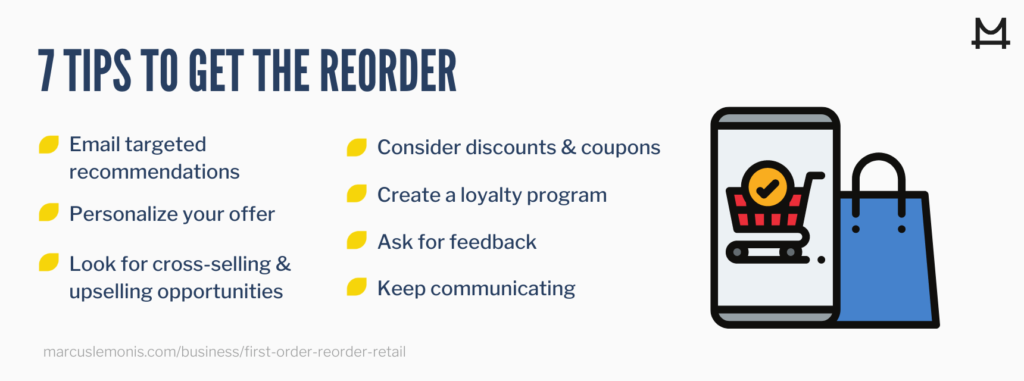
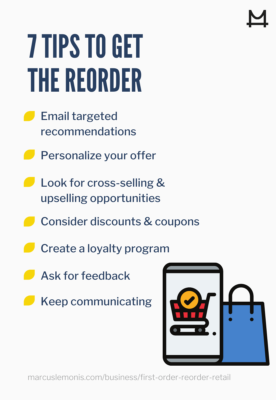
Work in Real Time
In business as in much of life, timing matters. So, don’t wait days or weeks to encourage a first-time buyer to make a second purchase. Instead, try to connect with that buyer right away in real time to make the buyer feel appreciated and connected to your business.
Most buyers are in a good mood after making a first purchase, especially if they have spent a considerable time shopping around for the right supplier. Now is the time to reach out with an appealing message about your business. You might talk about how this purchase advances your company’s mission, such as supporting sustainable farming or environmental practices, or highlight a recent award or honor.
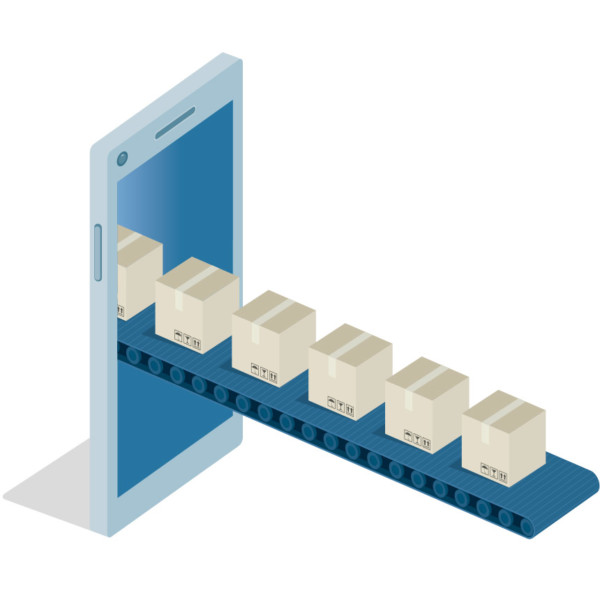
You could also mention related products or services you might offer, such as “Along with ladies’ fashions, we also carry a full line of children’s wear, and we invite you to browse our latest styles in both categories.” Again, your goal is to pave the way for a second purchase, sooner rather than later.
As you connect with first-time buyers, be sure to test every touch point in your marketing program. It might be that text messages work better than email in generating a response. But be careful about being too aggressive in seeking that second purchase – a softer approach works much better than a traditional hard sell.
Generating Repeat Purchases Pays Off
It’s hard to overstate the benefits of generating repeat purchases. But convincing first-time buyers to make a second purchase will do wonders for your sales and profitability. Try to make these initial customers feel special about the 3P’s of your business – your people, products and processes – so they will return to your business again and again. In that regard, the strategy for growing your sales is as easy as one, two and three if you can keep buyers coming back to your business.
- What does your business currently do to try and obtain reorders?
- What areas of your business can you improve to get a higher volume of reorders?
McEachern, A. (January 2020). What is a repeat customer and why are they profitable? Retrieved from https://blog.smile.io/repeat-customers-profitable/





